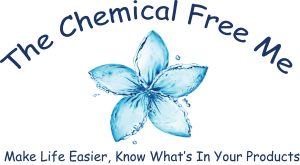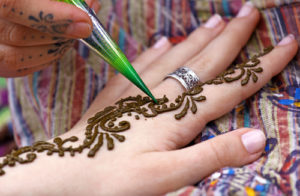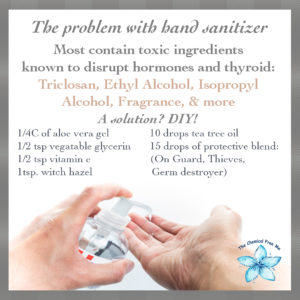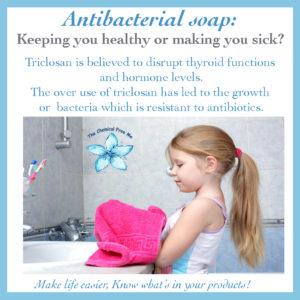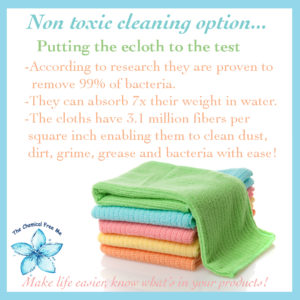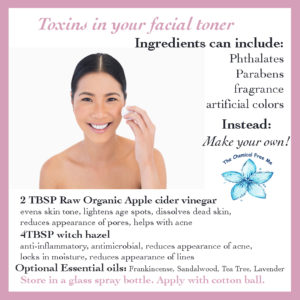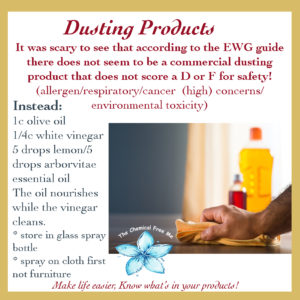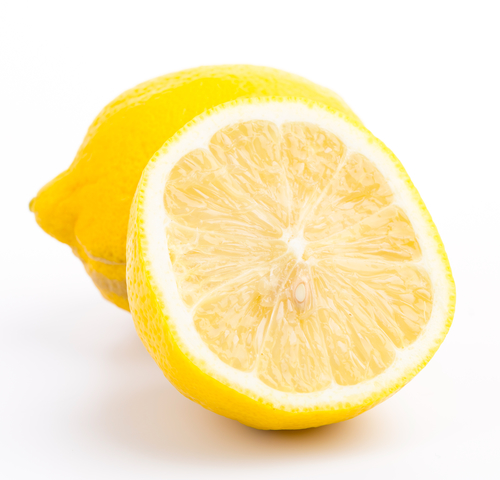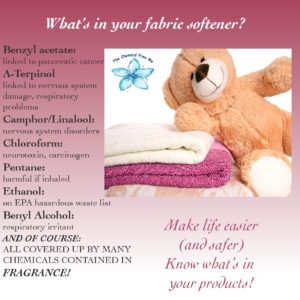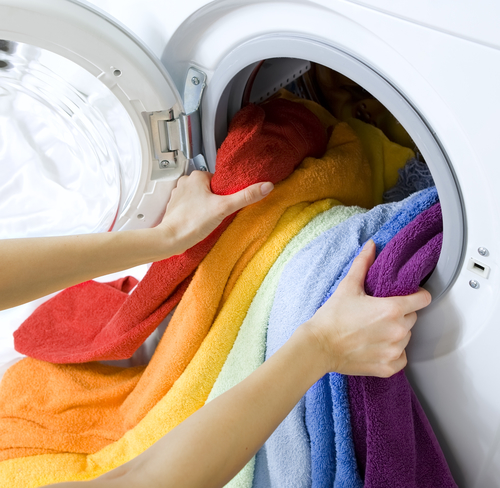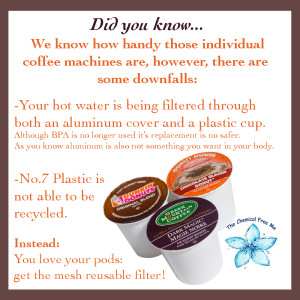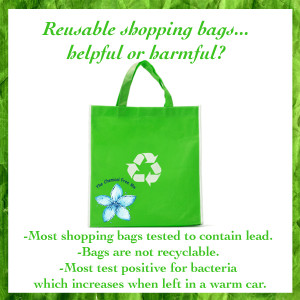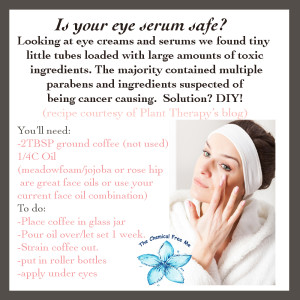Learn About Temporary Tattoo Toxins and Safer Alternatives
Temporary Tattoos have become part of life. Kids gravitate towards their favorite characters and bright colors for rub on tattoos. They are in goodie bags, trick or treat options and passed out at fairs and local 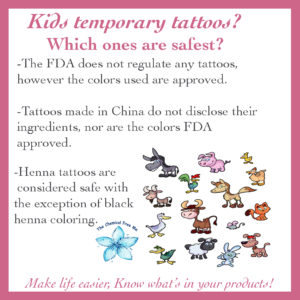 town day booths. So, what are we really applying and which ones should you stay away from?
town day booths. So, what are we really applying and which ones should you stay away from?
The FDA does not approve children’s temporary tattoos. (They do not disapprove it either-it is just not regulated by them) The FDA approves the colors themselves used in tattoos created in the United States. This is important information because it also means the tattoos made in China do not meet that same FDA approval. The ingredients in those colors are not disclosed. Given the amount of times my children end up with temporary tattoos I am not overly concerned about them participating in the fun periodically BUT I will be sure they were made in the United States or find them ones that are.
When it’s time to remove them?
We all know after that tattoo has spent a day or two in it looks more like a patch of dirt. Scrubbing them off is never appealing to young children. A tip from our house: a bit of our face moisturizer and a drop of lemon essential oil and wipe it right off! No scrubbing needed!
What About Henna?
Some older kids and teens have the attention span and desire to get Henna tattoos. A henna tattoo has become one of the newest rages. They are not permanent but last longer and look more grown up that rub on character tattoos so they have their own appeal. Henna is plant derived and considered safe and without additives. There are seldom reactions to the use of henna without additives. There are some things to be aware of given certain sensitivities. Some artists add essential oils to help the stain set better. This is generally helpful and aromatic given they use pure essential oils. Citrus essential oils can also be used but one should note they are photosensitive so if you are out in the sun after it could invite sunburn. Other artist includes walnut powder to darken the stain. Generally this is also a non-issue for people but if you have a nut allergy you should definitely be aware!
Not All Henna Is Created Equal
The FDA has warned consumers to avoid any temporary tattoos labeled as “black henna” or “pre-mixed henna.” (The FDA approves neither for cosmetic use but these often still become available at local beaches and vacation resorts) The black or premixed henna may contain silver nitrate, carmine, and pyrogallol; disperse orange dye, and chromium. In addition, “black henna” gets its color from paraphenylenediamine (PPD). PPD, which is banned for skin use in Canada, is a dye that is approved for use in hair color and not for skin. They consensus is that Black Henna is never safe. Henna is never colored. If there are other colors involved it is not henna and you should stay clear.
